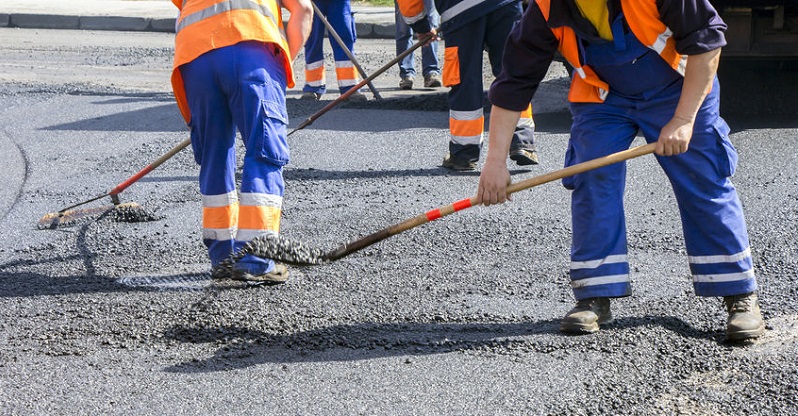Colorado voters recently rejected two massive spending plans that would have taken a bite out of the projected $9 billion bill for fixing the state’s roads. They’ll get another chance in 2019.
Funding Question to Boomerang Back in 2019
Bad roads don’t fix themselves. That’s why even though Colorado voters rejected two competing plans to fix the state’s road infrastructure problems in the November general election, they and their elected officials will have to face the issue again by late 2019. And by that time, proponents and opponents will be debating in a largely changed political climate.
The prediction, by Denver Post political reporter Jon Murray, is a straightforward but implication-laden analysis of a problem that won’t go away on its own.
Voters Stomped on Multi-Billion-Dollar Plans
On November 6, voters soundly rejected two proposals that would have guaranteed badly needed capital spending for roads across the state.
Proposition 110, nicknamed “Let’s Go Colorado,” would have nudged up sales taxes, raising $767 million in the first year and allowing the state to borrow $6 billion through bonds to pay for local and state transportation projects.
Proposition 109, called “Fix Our Damn Roads” by its sponsors, would have made the state borrow $3.5 billion to pay for 66 highway projects. The General Assembly would have repaid the loan over 20 years using as much as $5.2 billion from the general budget.
About 60 percent of participating voters cast ballots against the two propositions.
Colorado’s Enduring $9 Billion Problem
In 2016, Colorado Department of Transportation Executive Director Shailen Bhatt set the quest for greater road spending in motion when he prophesied that the state would need to spend upwards of $9 billion over the following 10 years to handle repair and expand the states’ outdated and crumbling roads and bridges, Colorado Springs Gazette writer Joey Bunch reported. The problem has been seen as a culmination of years of inadequate spending, made worse by the state’s phenomenal population growth.
Meanwhile, there were horrific increases in serious Colorado car accidents and fatalities, which could be blamed in part on poor, overcrowded roads.
In 2017 and 2018, state lawmakers, already dealing with general budget shortfalls, floated and rejected a series of compromises to pay for some road improvements with borrowed funds and non-recurring allocations from the general budget. It culminated in May 2018, when Gov. John Hickenlooper signed a bill giving CDOT an extra $645 million over the next two years and an additional $50 million for the 20 years thereafter.
The bill also decided that voters should take another whack at approving a comprehensive roads funding plan in 2019, if the November 2018 election failed to enact one. That proposition will call for $2.3 billion in bonds.
Filling the Pothole: Finding a Plan in 2019
John Murray, the political reporter, won’t hazard a guess as to whether voters will approve another spending plan in November 2019. State lawmakers could also use their authority to create and initiate their own plans.
The political landscape, he says, may change dramatically in January, when Democrats will run both legislative houses and the governor’s office. Colorado Democrats wrested control of the state Senate in the past election, giving them a particular advantage in deciding state spending issues. Murray quoted Democratic leaders, who said they will look at the transportation problem again but gave no idea of what their plans would entail.
Even with controlling numbers, Democrats may not have an easy time passing a plan, incoming House Speaker Rep. KC Becker said. He also stated:
“Coloradans are not happy about the time we spend in traffic. … We’ve gotten behind on maintenance. I think transportation is going to continue to be a discussion. … It’s obviously important, but it’s going to be challenging.”

